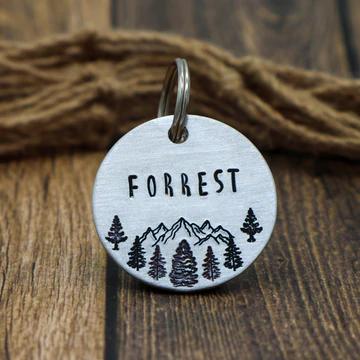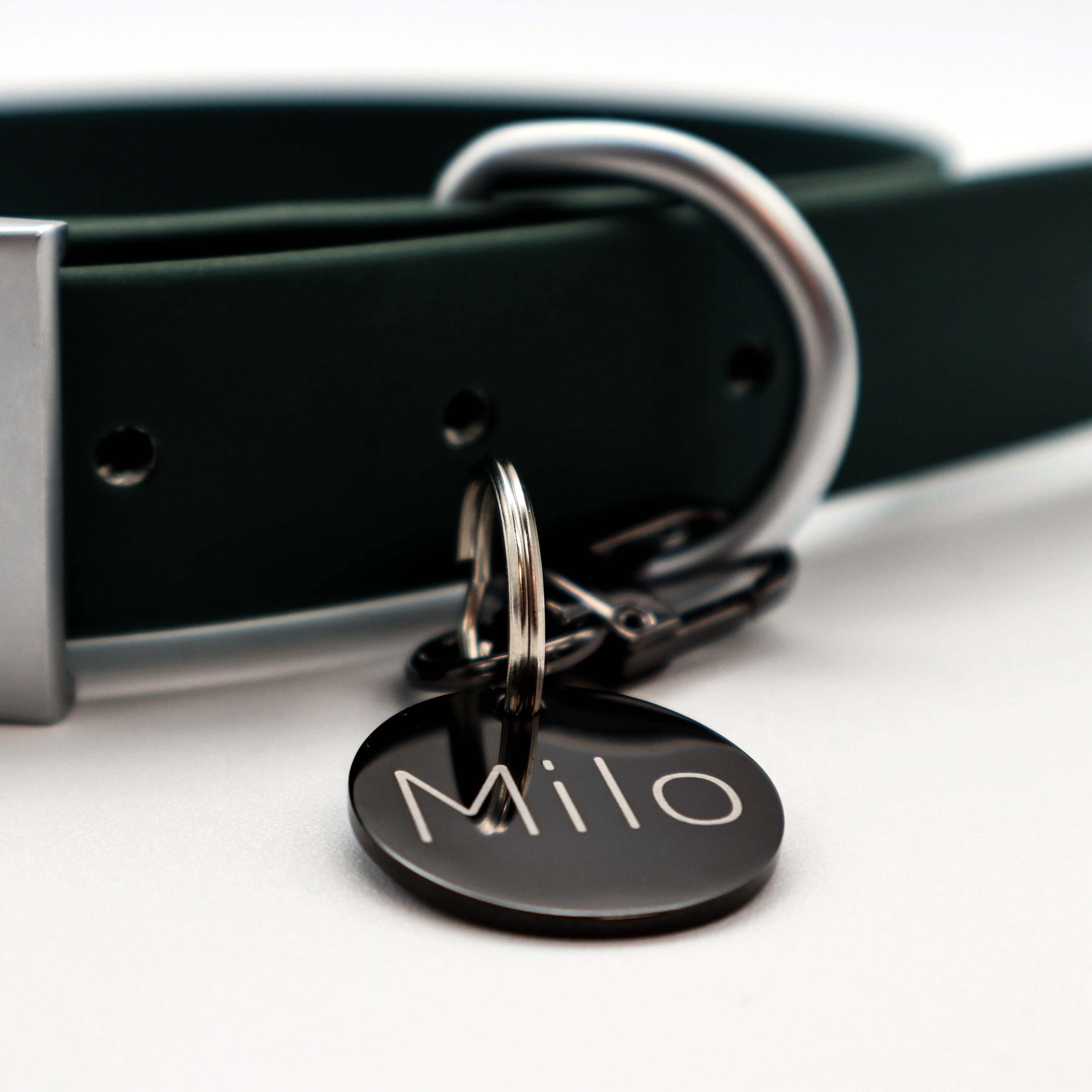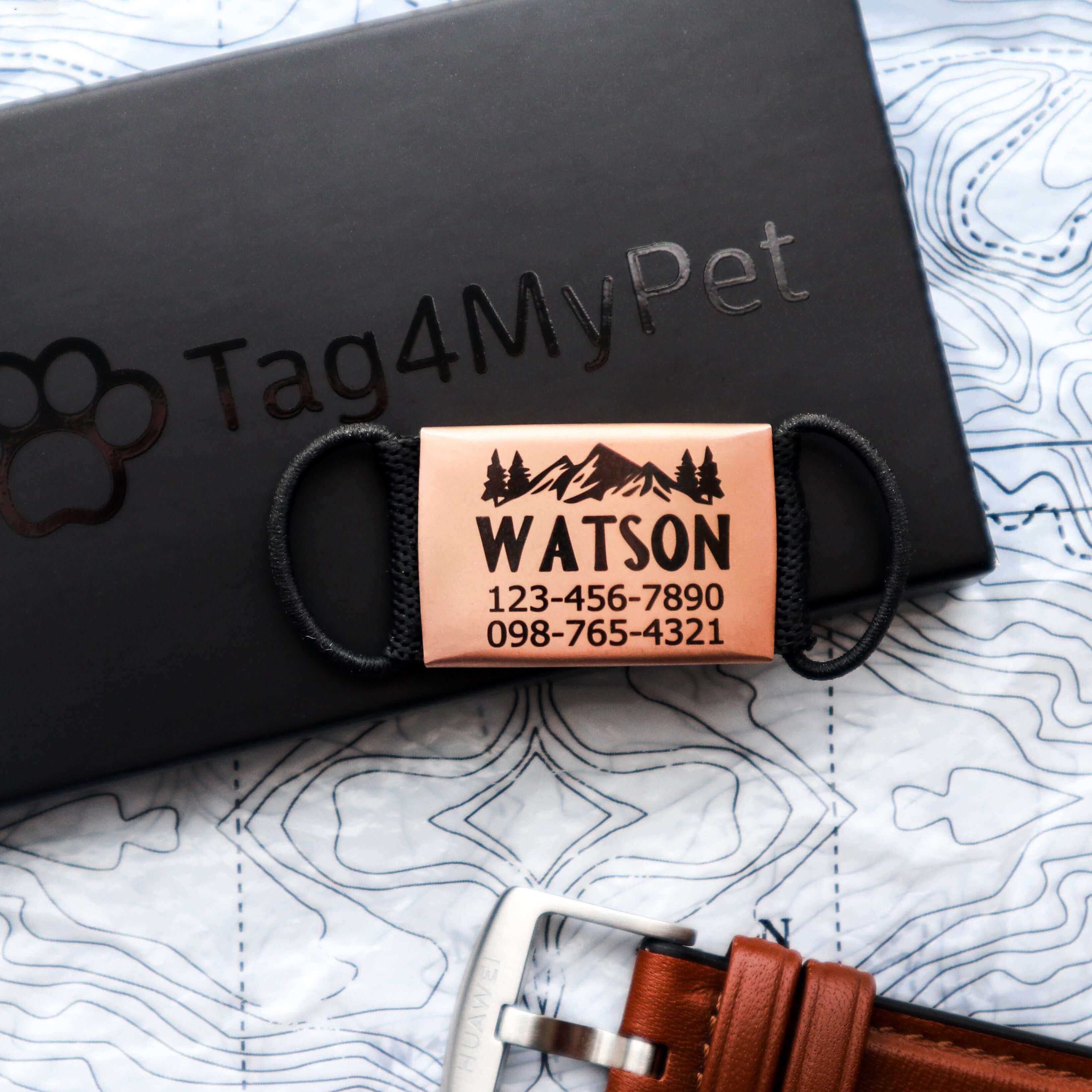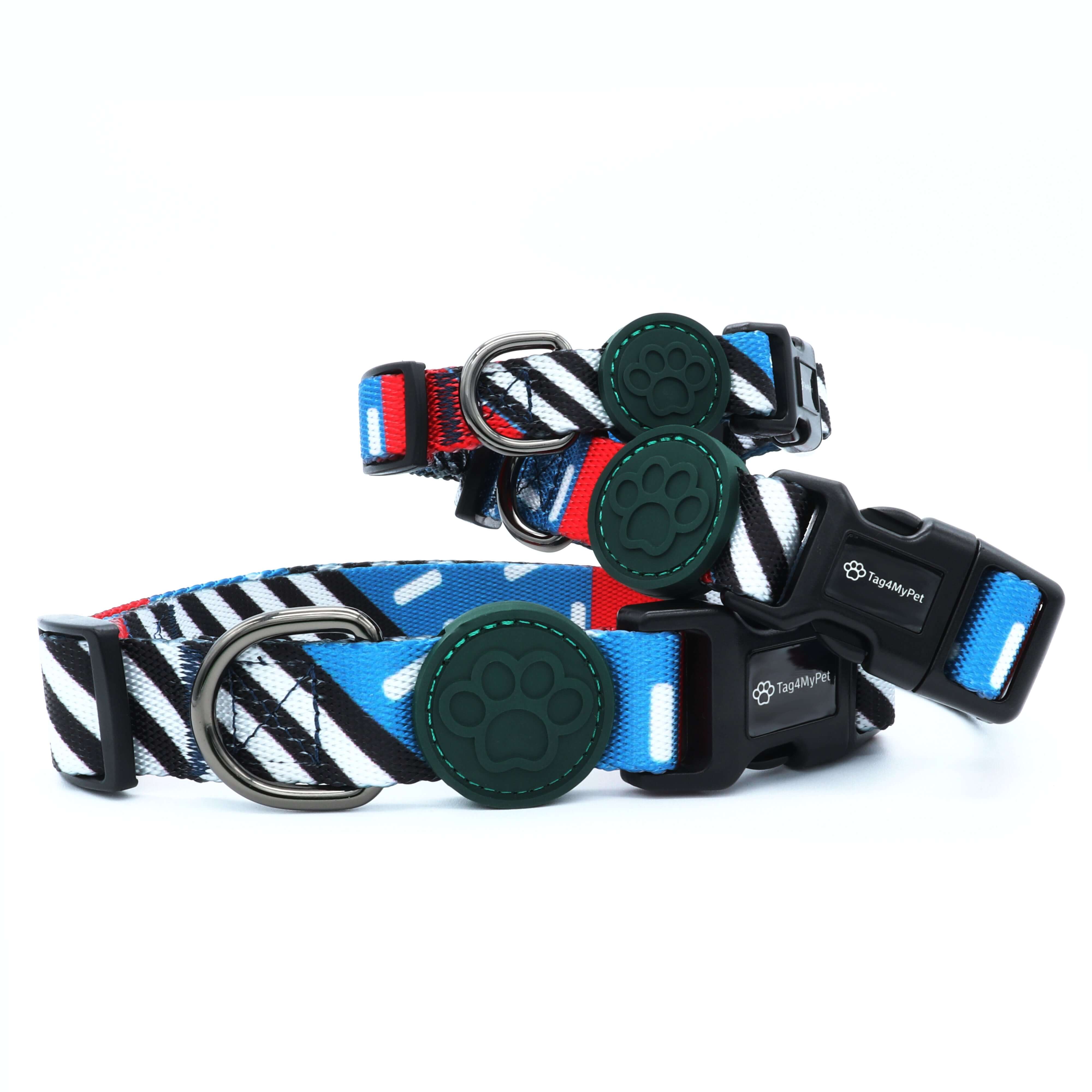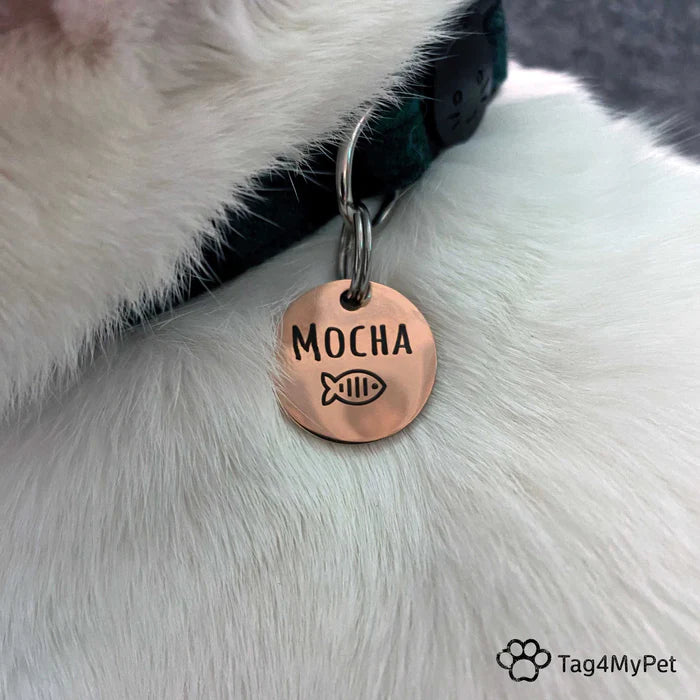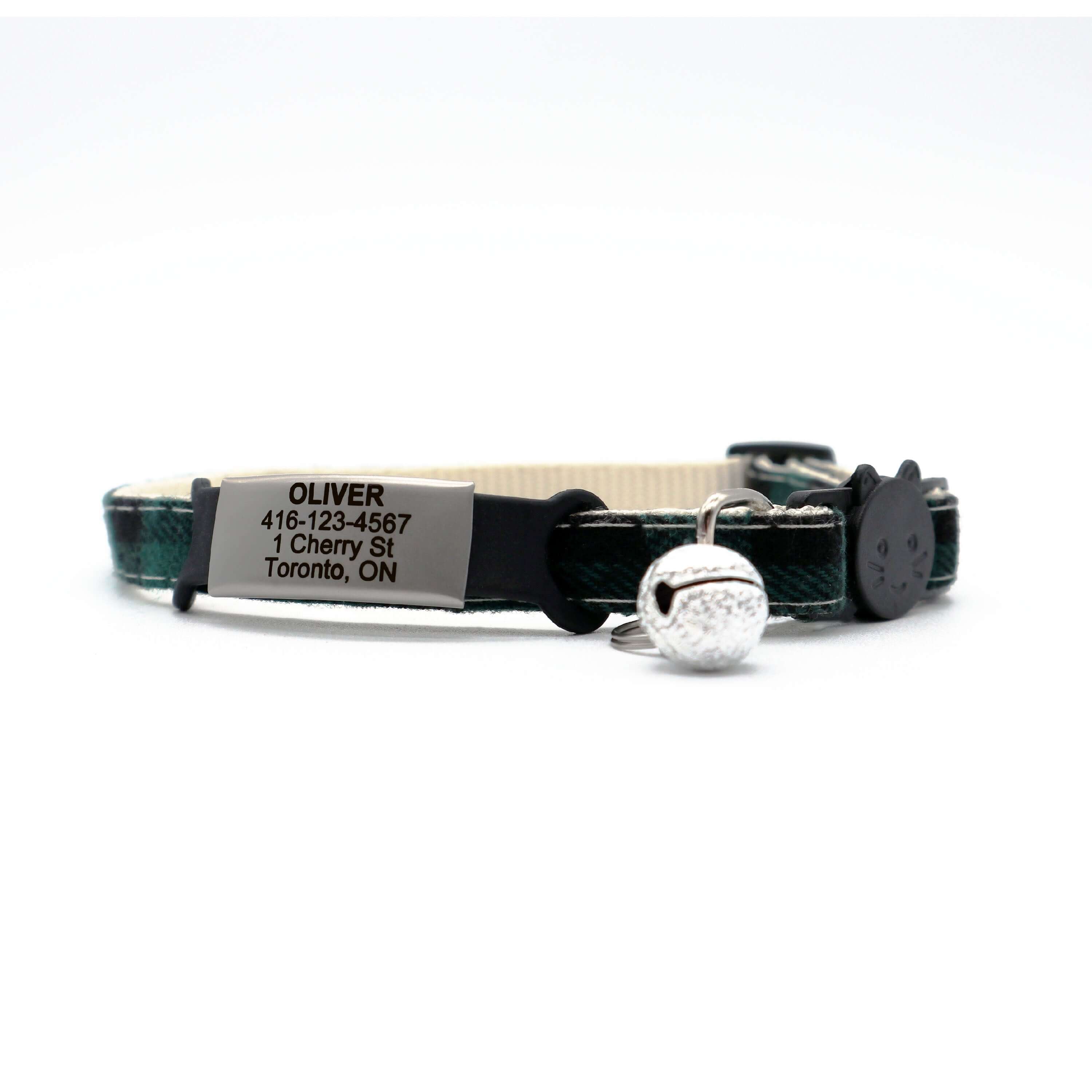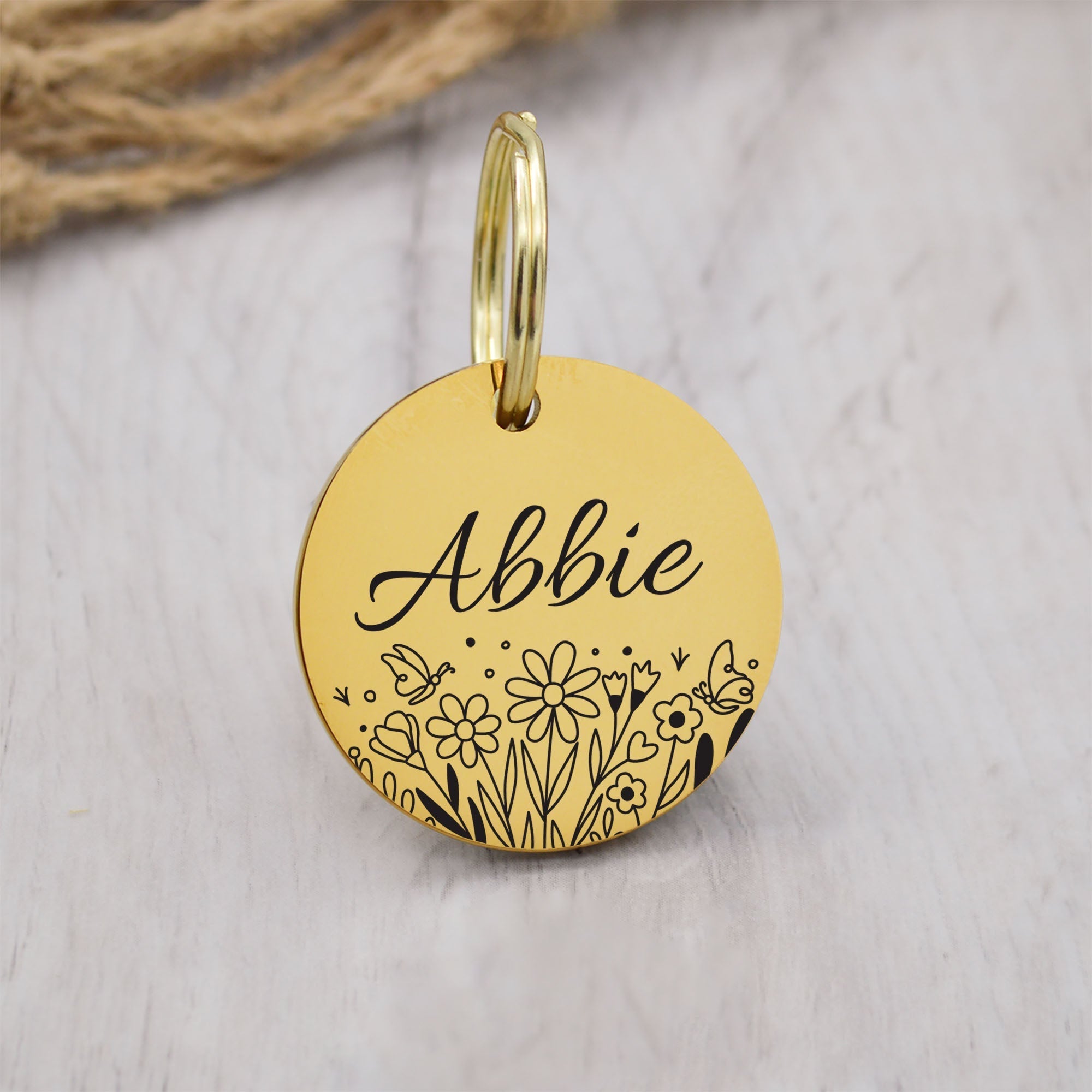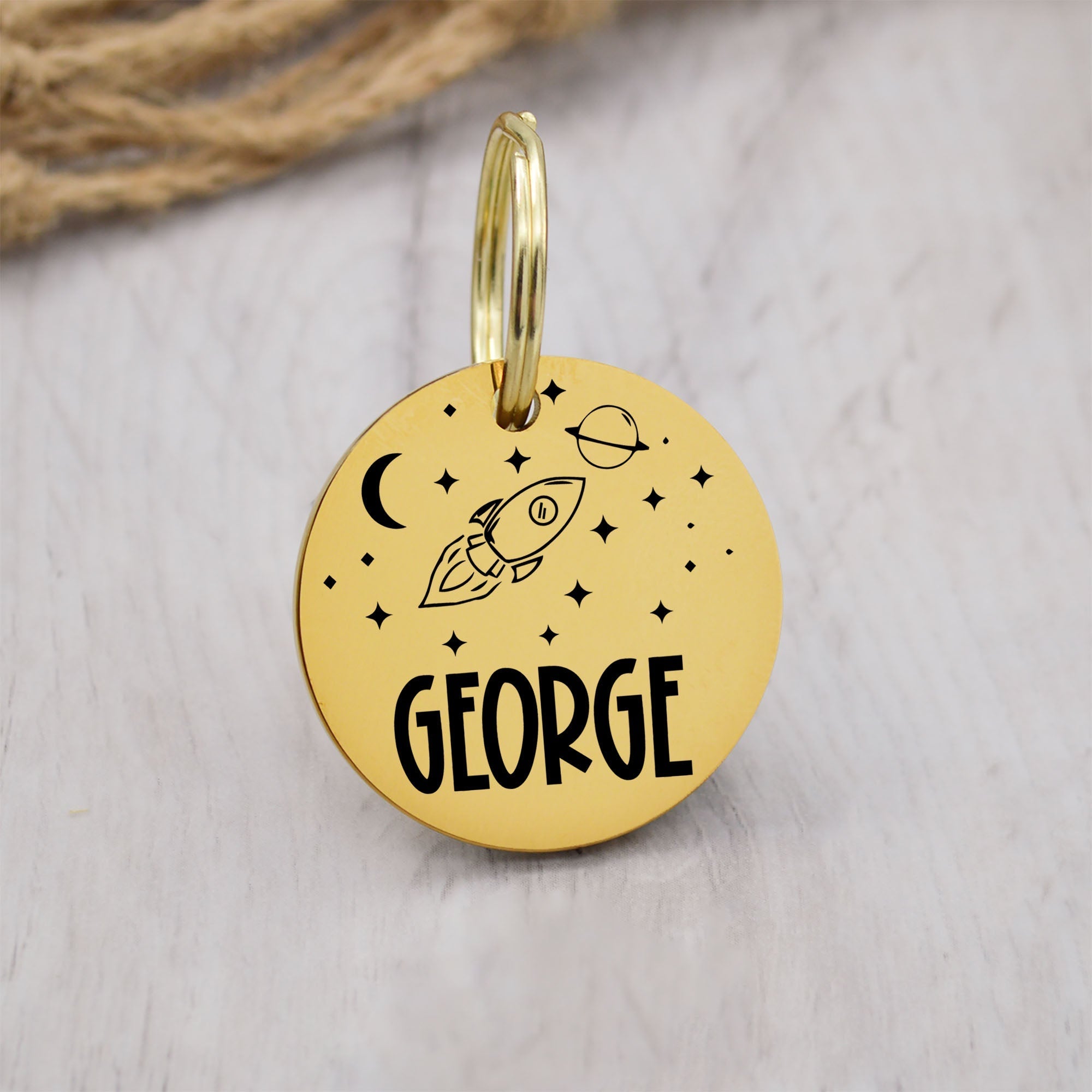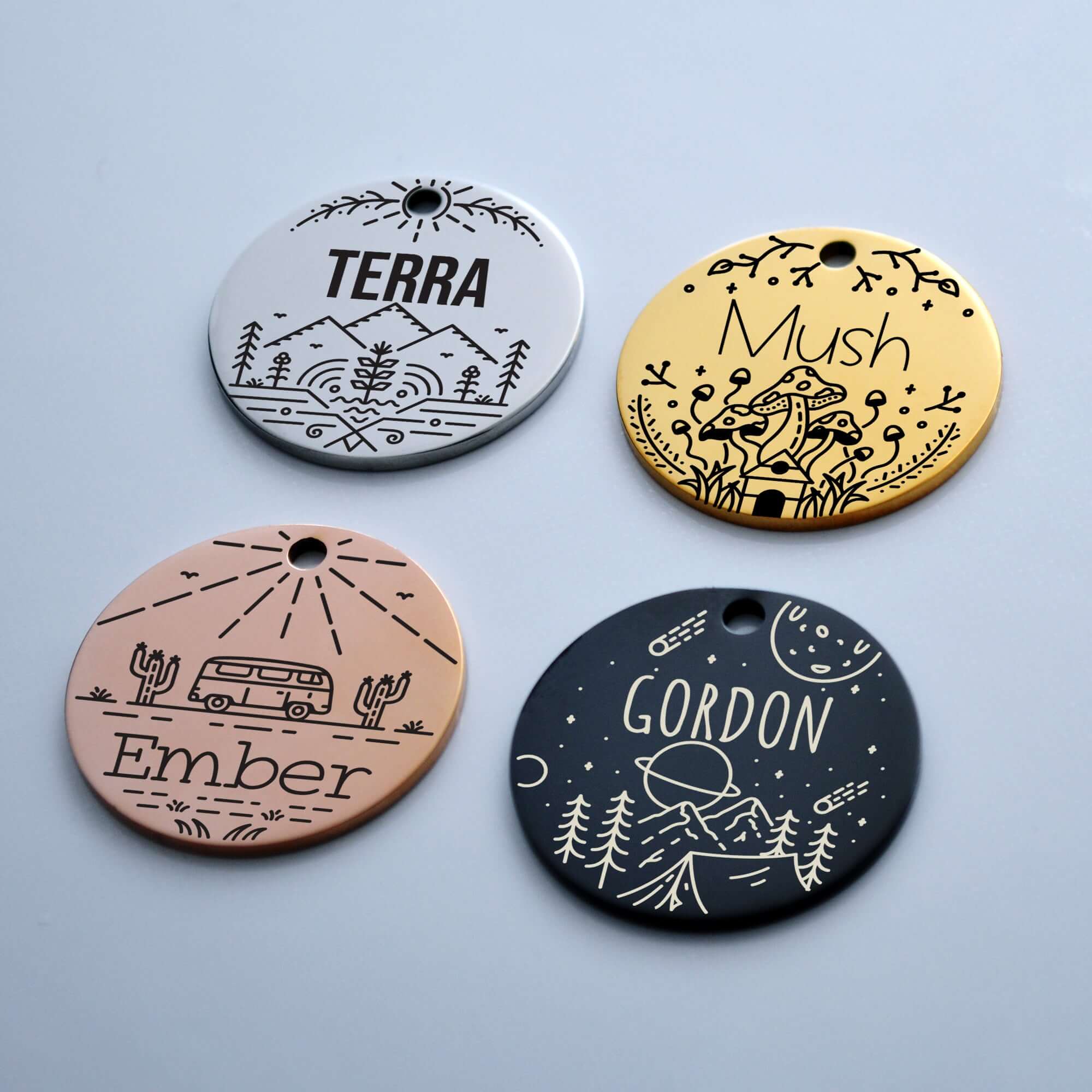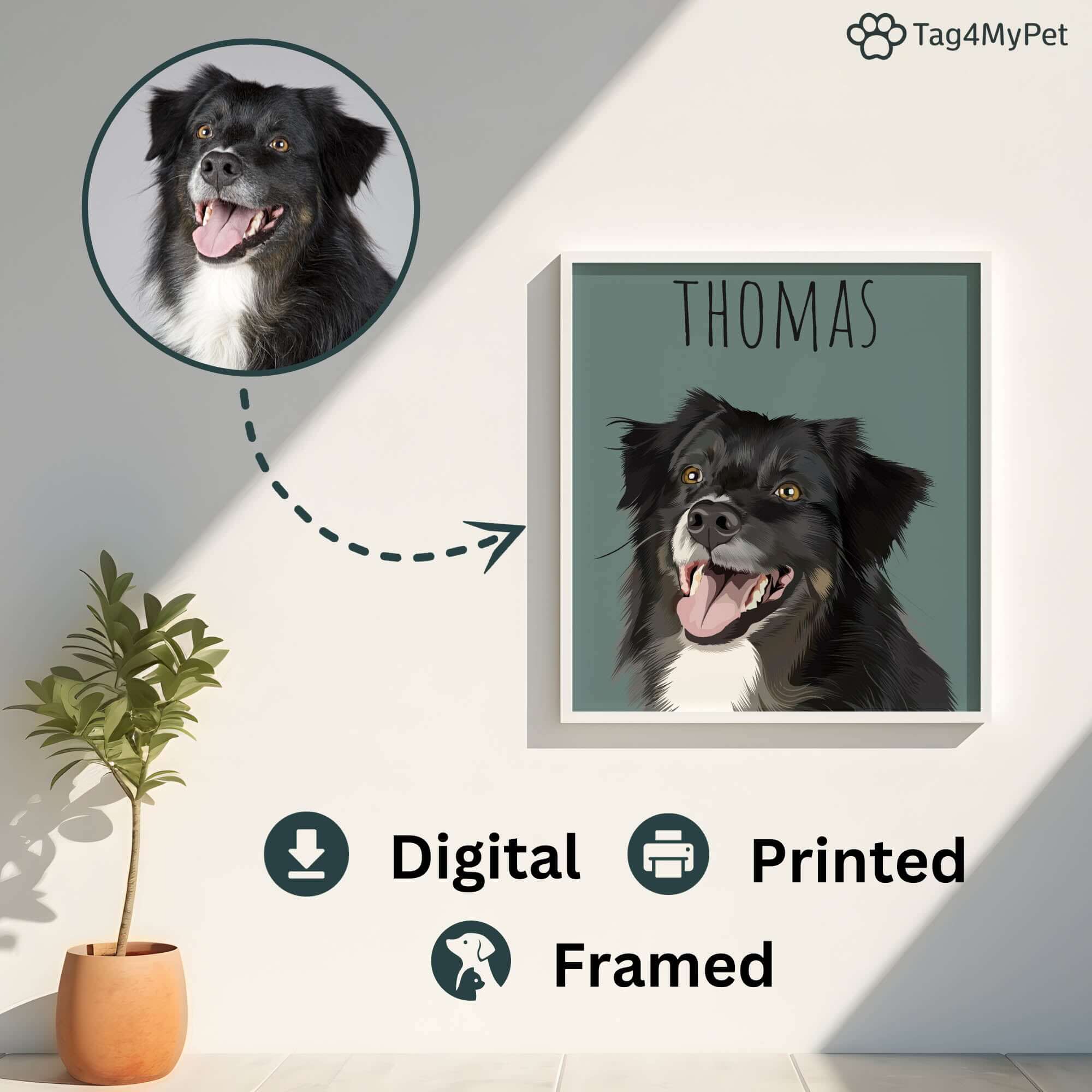A dog collar tag is a crucial personalized pet gifts that can make all the difference in reuniting you with your beloved pet if they ever go missing. Here's a comprehensive guide on what to put on your dog's ID tag to ensure their safety and protection:
Shop Custom Dog Tags
Pet's Name
Start with your pet's name. This is not only a way to identify your pet but also a comforting word for them if they get lost.Contact Information
Your phone number is the most critical piece of information. Use a current, reliable phone number where you can be reached at all times. Consider adding a secondary contact number or an alternative emergency contact. Include your address (optional but helpful for nearby neighbors or if your pet is lost close to home).
Address (Optional)
Including your address on the custom dog tag can be beneficial, especially if you have moved recently or if you live in a close-knit community.Microchip Information (Optional)
If your pet is microchipped, mention it on the personalized dog tag. While the dog tag provides immediate contact information, a microchip can serve as a secondary identification method that's more permanent.Medical Information (Optional)
If your pet has specific medical conditions or requires medication, you might consider adding a note indicating this. However, be cautious about sharing too much personal information to protect your privacy.Reward (Optional)
Including a statement like "Reward for Safe Return" can motivate people to help your lost pet."I'm Chipped" or "I'm Friendly" (Optional)
If your pet is microchipped, mentioning it on custom dog tags can prompt the person who finds your pet to seek professional help for scanning. If your pet is friendly and approachable, indicating this on the custom dog tag can reassure people who may find your pet.Special Instructions (Optional)
If your pet has specific needs or if there are circumstances that require special instructions, you can briefly mention them. For example, "Needs Medication" or "Call Anytime."
Emergency Number (Optional)
Consider including an emergency number if you have one, such as a pet sitter or a trusted neighbor who can assist in case your pet is lost.
QR Code (Optional)
Some dog tags now include QR codes that, when scanned, provide all the necessary information about your pet. This can be a high-tech and efficient way to share information.
Legal Requirements
Check your local regulations and ensure you meet any legal requirements regarding pet identification. Some places may have specific rules about what must be on an dog tag.
Design and Material
Choose a durable and well-designed dog tag. Stainless steel, aluminum, and brass dog tags tend to be long-lasting.
Regular Check-Ups
Periodically review and update your dog ID tag information. Make sure it's legible and current.
A well-crafted dog tag is an essential safety net for your furry friend. By including the right information, you maximize the chances of a safe and swift reunion if your pet ever goes missing. To find out out how to ensure your pet is comfortable using dog tags, click this link that leads to our blog post!
